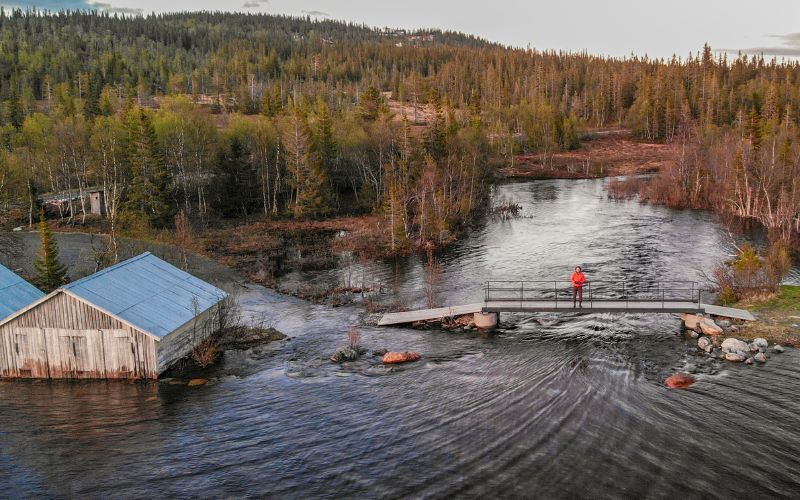Megafloods in Europe could be anticipated through pooling data
Extreme floods in the last two decades in Europe could have been better prepared for,
Elise Cutts writes

Image: wirestock | Freepik
In 2021, a record-breaking flood swelled rivers in Europe, claiming hundreds of lives and inflicting tens of billions of euros in damage. The deluge came as a surprise, breaking water discharge records in many localities. But new research suggests that it might have been possible to anticipate the scale of the disaster and others like it.
Most megafloods in Europe could be anticipated by pooling data from different regions rather than basing predictions exclusively on local data, researchers reported in Nature Geoscience. The team found that 95 per cent of the locally surprising, extreme floods in Europe between 1999 and 2021 could have been anticipated by pooling and sharing data from across the continent.
“If you look spatially, you have more extremes. And that gives you additional information. So that is absolutely useful,” said flood risk expert Ferdinand Diermanse of the Dutch nonprofit research institute Deltares, who was not involved in the work.
The details of flood risk assessment vary by country, even by catchment, Diermanse said. But authorities generally predict the likelihood of large floods at a given location by fitting functions called probability distributions to water discharge data. These probability distributions relate the likelihood of an event to its severity.
Perhaps ironically, scientists need to see disasters before they can predict them well. Probability distributions fit more data and better reflect reality. But flood data go back in time only so far – rarely more than a few centuries. Extreme, very rare events might not show up in records, making them the hardest to anticipate.
However, time isn’t the only dimension researchers have to work with. Pooling data from a larger area increases the odds of seeing a rare, extreme event. But when it comes to floods: “What is usually done in practice is to use only data from one place, or in the best case, from the region around it,” said hydrologist Miriam Bertola of the Technical University of Vienna. Bertola and her colleagues suspected that pooling data from across Europe might make it possible to anticipate even the most surprising, extreme floods. “The question we investigated is whether locally surprising megafloods are also surprising at the continental scale,” Bertola said.
To identify megafloods, the team scoured the data for record-breaking water discharge measurements observed after 1999 that were statistical outliers in local data sets going back at least 20 years. They found 510 such events. Then, they checked whether these events would have been outliers in data sets of measurements from hydrologically and geographically similar places in the greater region.
Nearly all of the megafloods – 95.5 per cent of them – weren’t statistical surprises at all in the continent-spanning analysis, the researchers found. “They could have anticipated taking into account data from other similar places,” Bertola said.
For instance, water discharge rates in Germany’s Ahr River catchment during the 2021 European megafloods were locally record-breaking and surprising but fell within expectations when the researchers pooled data from a few similar rivers in Bulgaria, France, Germany, Poland, Romania, Serbia, and Switzerland.
The results show that pooling international flood data could make it possible to anticipate disasters that would otherwise be a surprise. But gathering that information is easier said than done; Bertola and Diermanse agreed.
Language barriers, differing data standards, and political roadblocks are just some of the problems that keep data from flowing freely across borders. “And it is not necessarily only between countries,” Diermanse added. Different regions and agencies within the same country often have trouble sharing data, too. And risk prediction methods developed by scientists often don’t make it into practice–even if they’d be useful.
Understanding the most extreme floods possible in a given catchment goes beyond the typical considerations of most flood defence infrastructure, Bertola said. Instead, engineers design around floods that occur more frequently. Anticipating megafloods “is more for civil protection scenarios – to understand what the possible worst event is that we could expect.” And that matters, Diermanse said. Though more frequent, less severe floods might do more damage over time than incredibly rare megafloods, “it’s not only damage that’s relevant; it’s, of course, also loss of life,” he said. And because people don’t know to expect them, “it’s more likely those megafloods will cause the most casualties.”